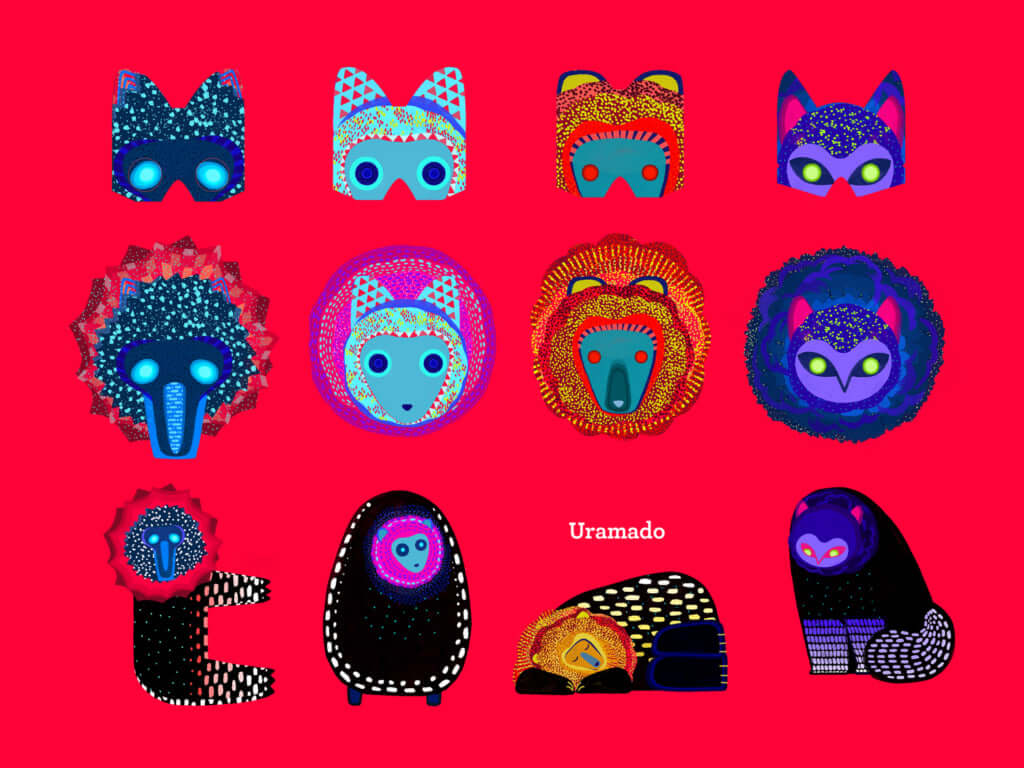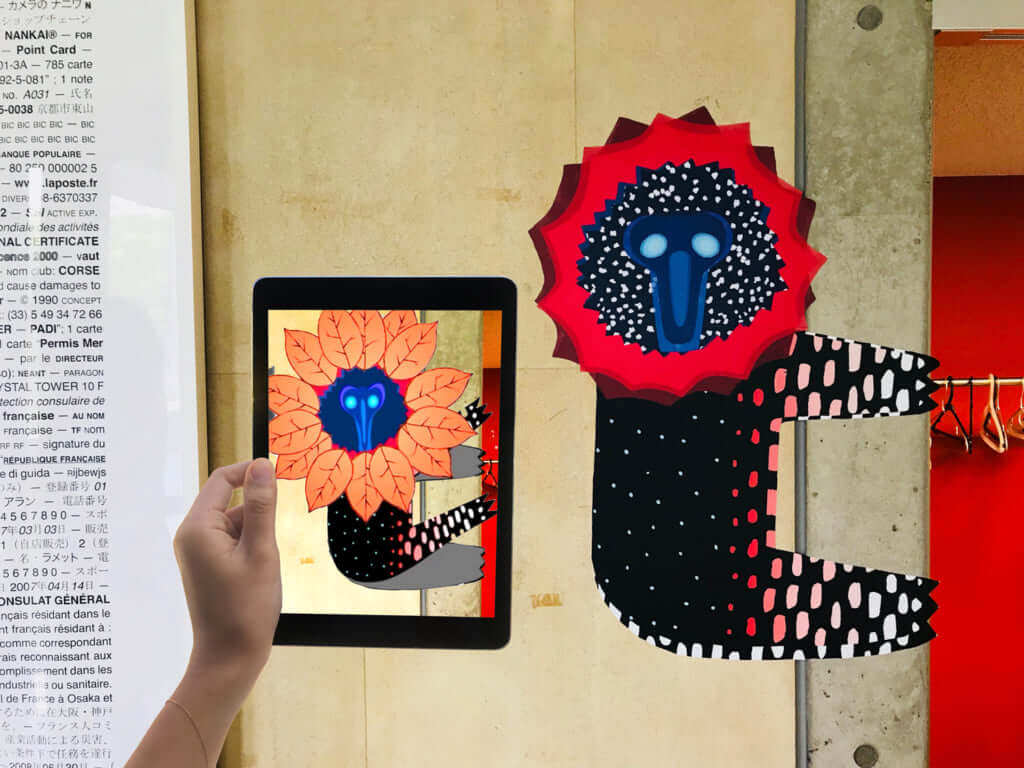The Tanuki, a Central Figure in Japanese Folklore
From its malevolent origins to the mischievous joker we know today, we look back at the legend of Japan's favourite raccoon.

Originating from China, the legend of the tanuki appeared in Japan between the 4th and 7th centuries. Portrayed as a raccoon with a round stomach, the tanuki is initially perceived as a creature that’s far from kindly when it takes on the appearance of a human and has no qualms about lying, stealing and even killing. Its image would evolve over the centuries to become more innocent, but no less mischievous. In the tale of Bunbuku Chagama, a woodcutter saves a tanuki’s life and the latter helps him to become rich by way of thanks.
A symbol of prosperity
During the Edo period, the tanuki became so popular that it was frequently depicted in prints with a touch of humour. Often wearing a straw hat and holding a flask of sake, the tanuki’s most notable characteristic, however, is its very large scrotum, which touches the ground. It often uses its generously-sized stomach as a drum, the distinctive ‘pompoko pon pon’ sound of which was used as the title for an animated film created by Studio Ghibli, Pompoko. The scrotum is also shown to double as a weapon, umbrella or fishing net. Beyond its physical attributes, this crafty animal is also known for its insatiable appetite for sake and food. It isn’t uncommon to see effigies of the tanuki outside restaurants and other businesses in Japan, because the creature is synonymous with prosperity and good fortune.
In 2017, the Museum of Hunting and Nature in Paris dedicated a treasure hunt-style exhibition to figures from Japanese folklore. This project, entitled Uramado, was created in augmented reality by Thomas Pons and graphic designer Julie Stephen Chheng. Drawing on the popular icons of supernatural creatures known as Yokai in Japan, Uramado combined traditional Japanese folklore and new technology to create animals in augmented reality.






TRENDING
-
A House from the Taisho Era Reveals Its Secrets
While visiting an abandoned building, Hamish Campbell discovered photographs the owner had taken of the place in the 1920s.

-
The Taboo-Breaking Erotica of Toshio Saeki
The master of the 1970s Japanese avant-garde reimagined his most iconic artworks for a limited box set with silkscreen artist Fumie Taniyama.

-
With Meisa Fujishiro, Tokyo's Nudes Stand Tall
In the series 'Sketches of Tokyo', the photographer revisits the genre by bringing it face to face with the capital's architecture.

-
Masahisa Fukase's Family Portraits
In his series ‘Family’, the photographer compiles surprising photos in which he questions death, the inescapable.

-
Hajime Sorayama's Futuristic Eroticism
The illustrator is the pioneer for a form of hyperrealism that combines sensuality and technology and depicts sexualised robots.





